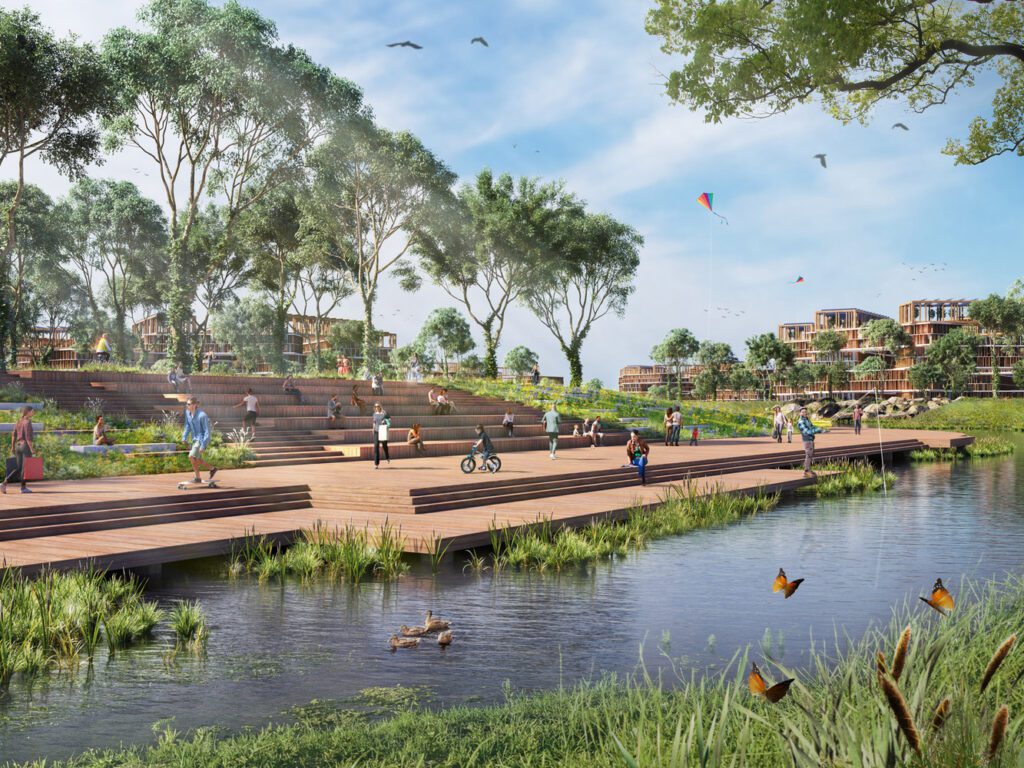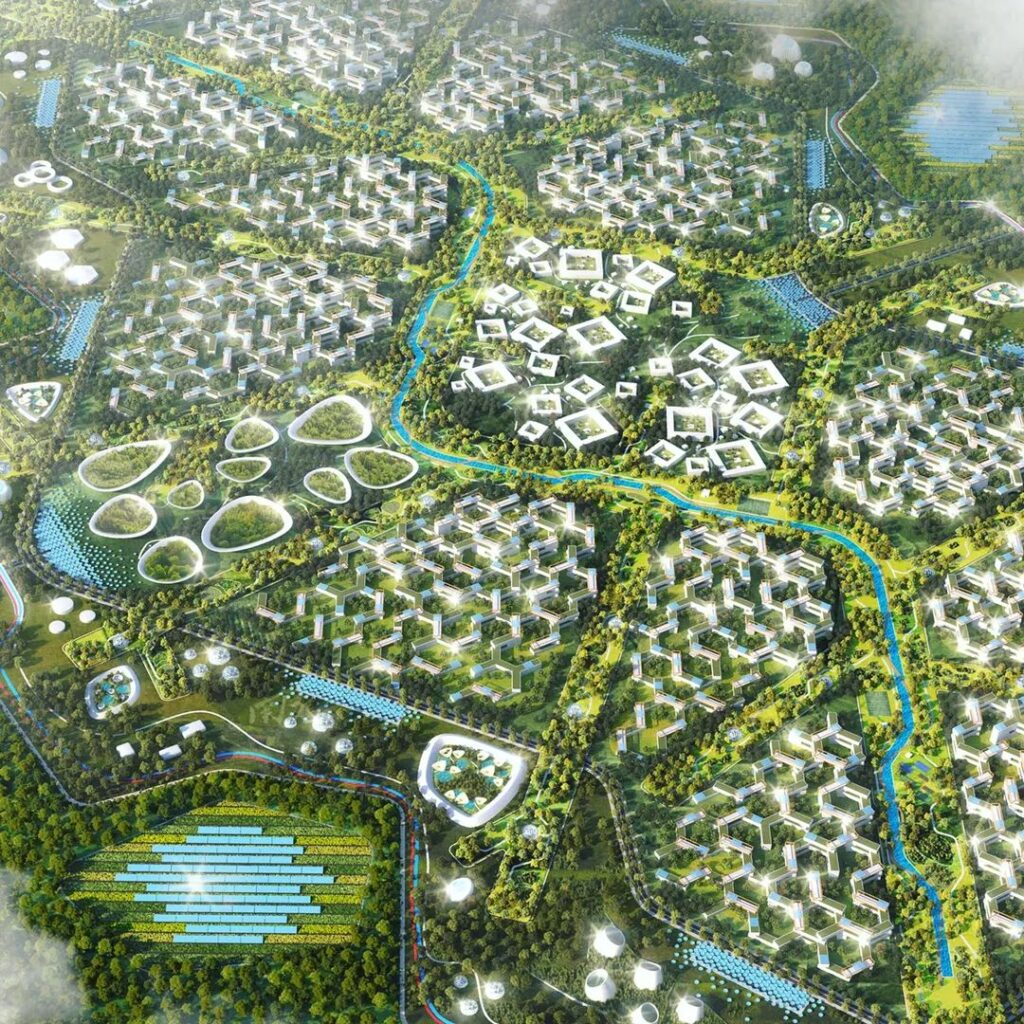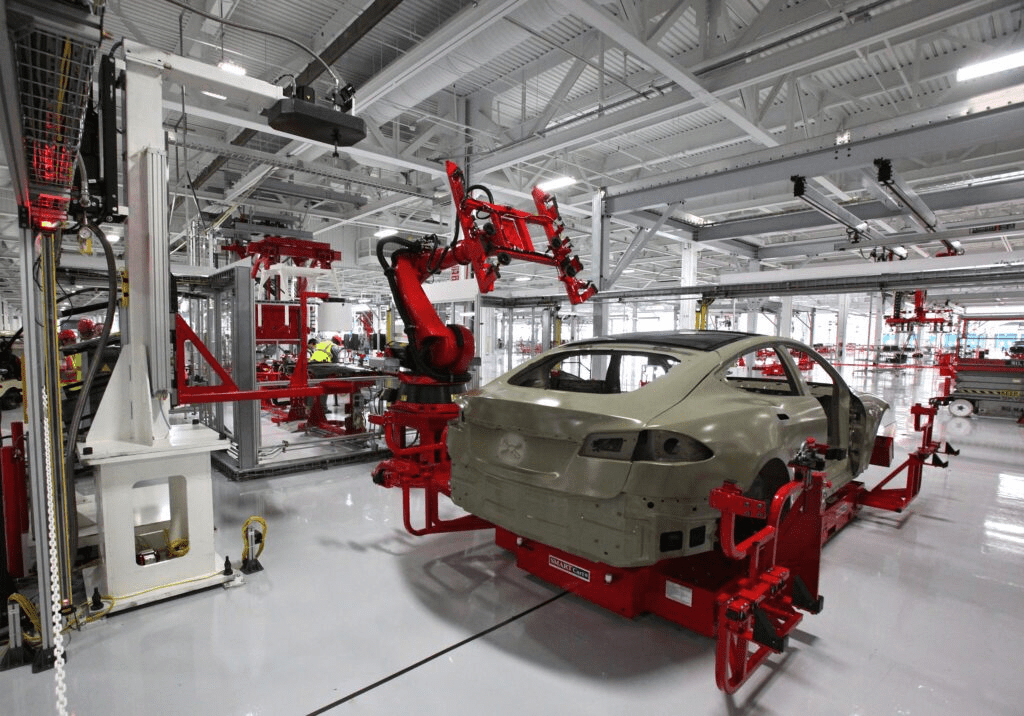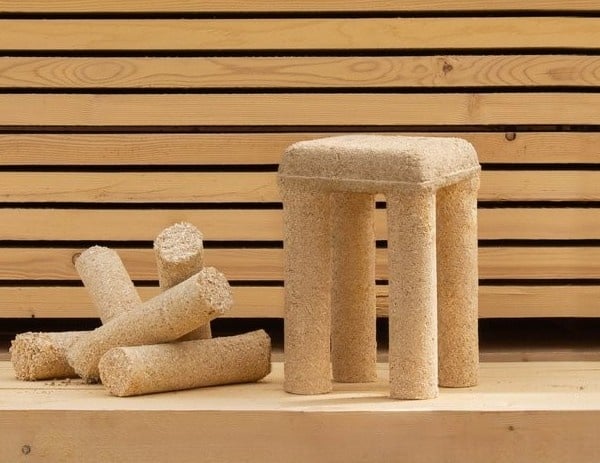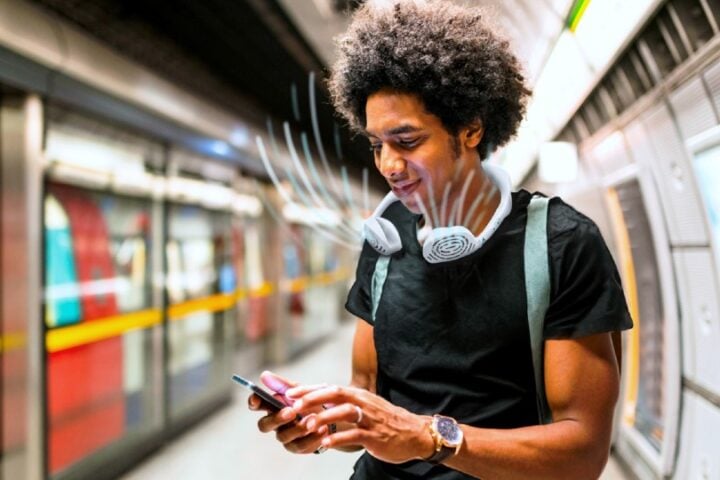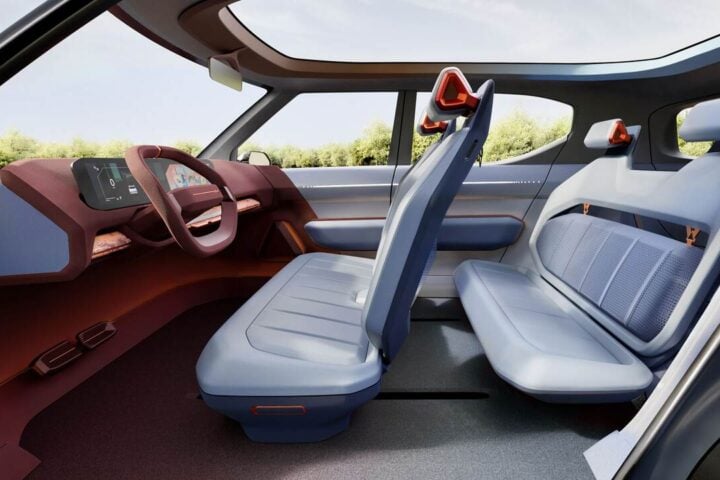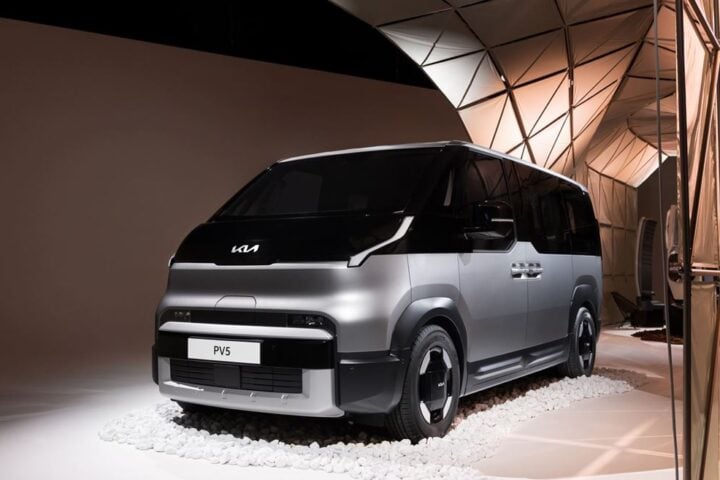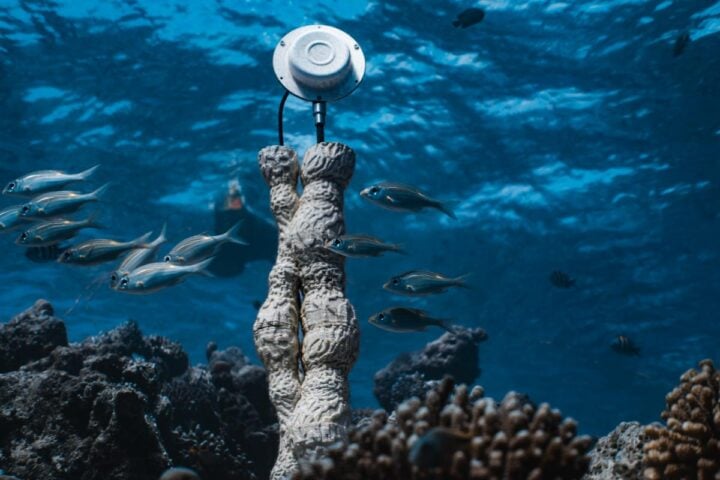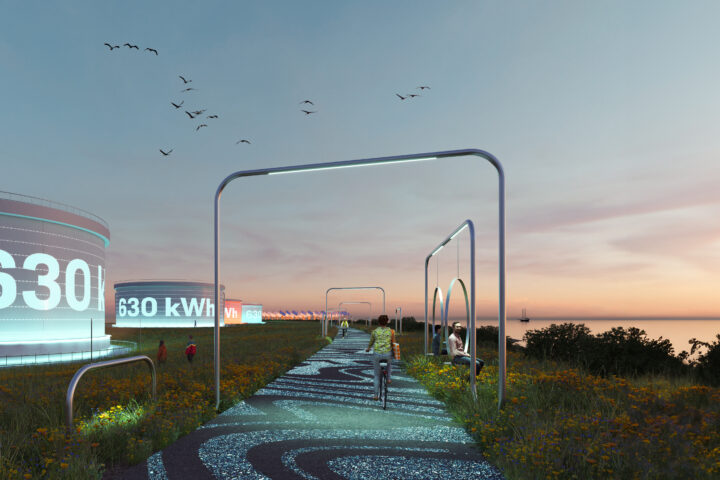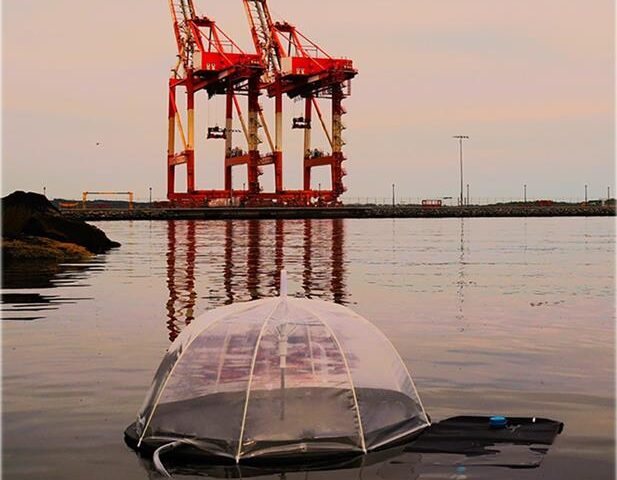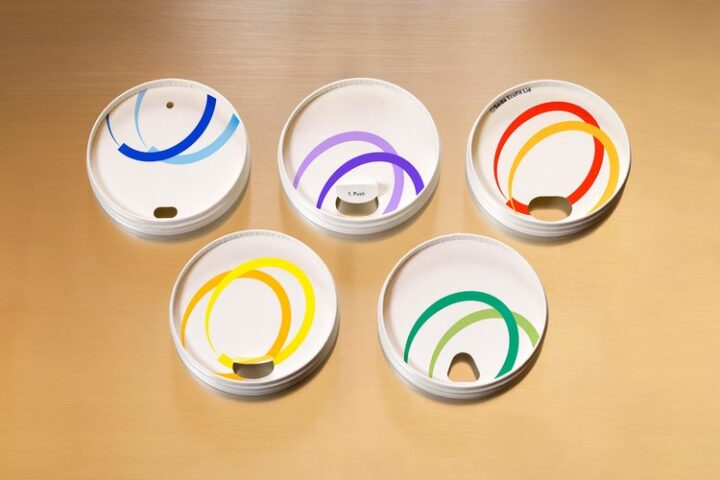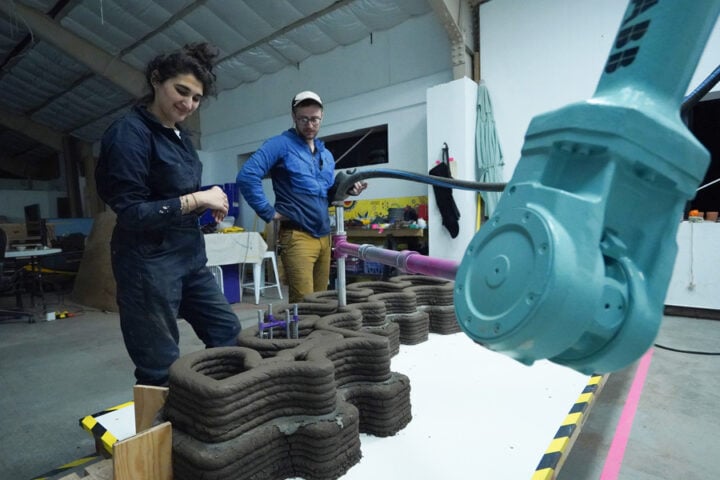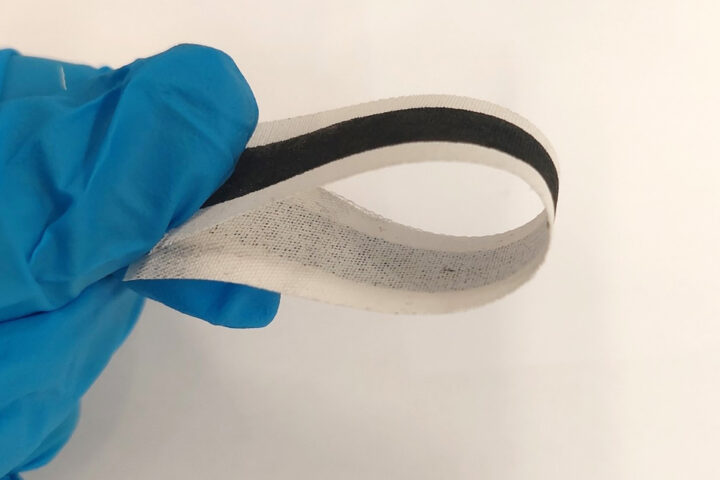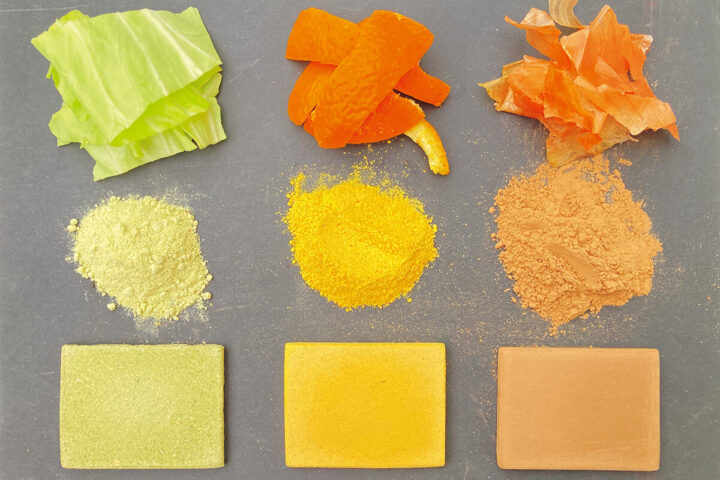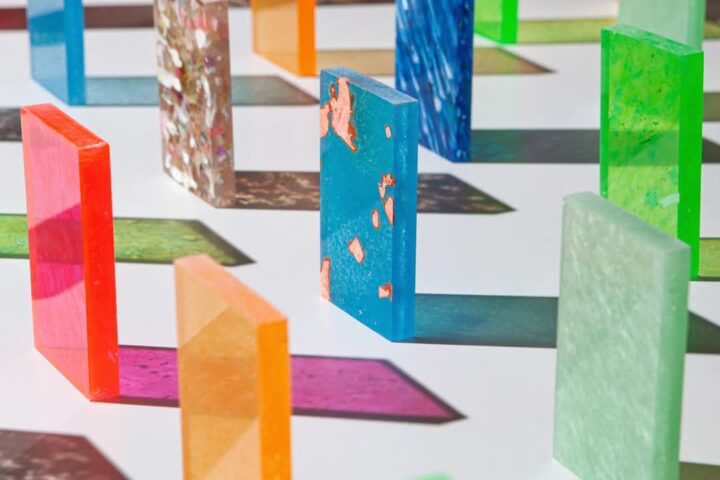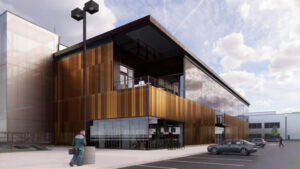A new planned smart city in South Africa has been unveiled. The core aim is to provide a net-zero lifestyle for its 150,000 residents with zero dependency on the conventional systems. All of its energy, water, and food will be produced inside the city. The 1,700-hectare plan features a mix of hubs including residential, medical, tourism, entertainment, retail, and education, and will have 40,000 residential units distributed across 12 districts. The economy of the city will be automated and digital, with many jobs in green technology. The city will be a benchmark for economically viable sustainable living and will contribute positively to the green economic growth of the country. CEO of URB, Baharash Bagherian, who has masterminded designs of various sustainable cities, highlights the importance of THE PARKS as a new benchmark in sustainable cities.
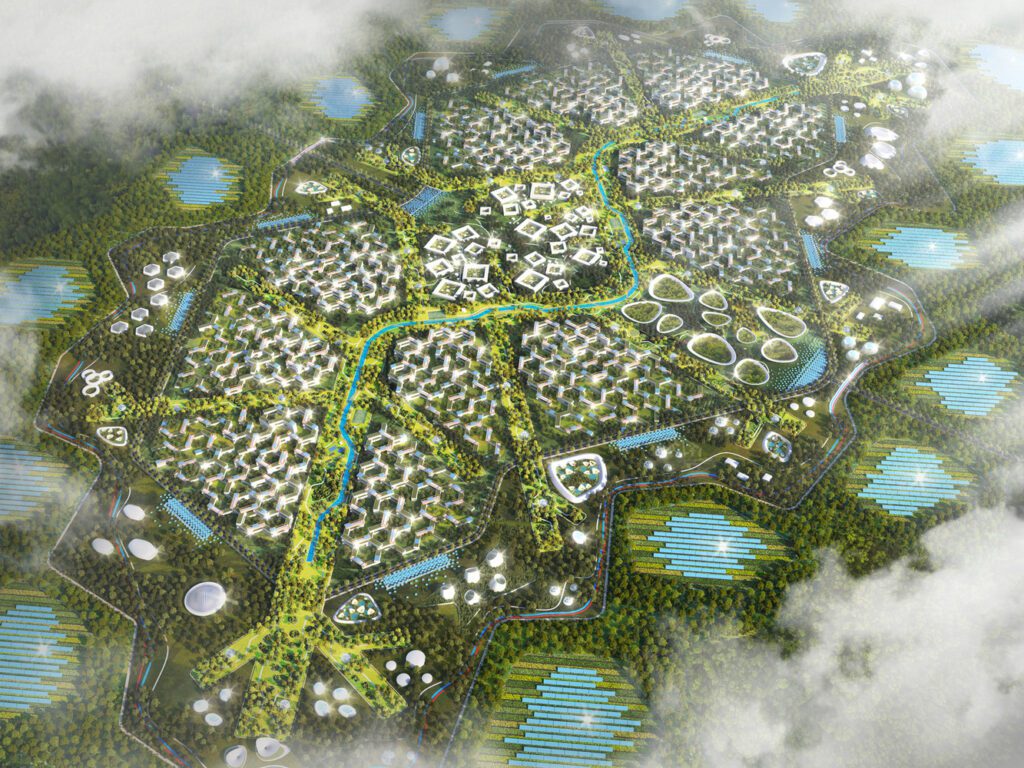
The sustainable development features a 5km multifunctional green spine connecting various parks and hubs within the city. The landscape is designed to conserve water and promote health and wellness. The city will be inclusive and diverse, providing housing for all income levels. The city will also be smart, using AI and blockchain technology, and will be a net-positive energy community producing surplus energy for neighboring communities. The city will also produce 100% of its own food.
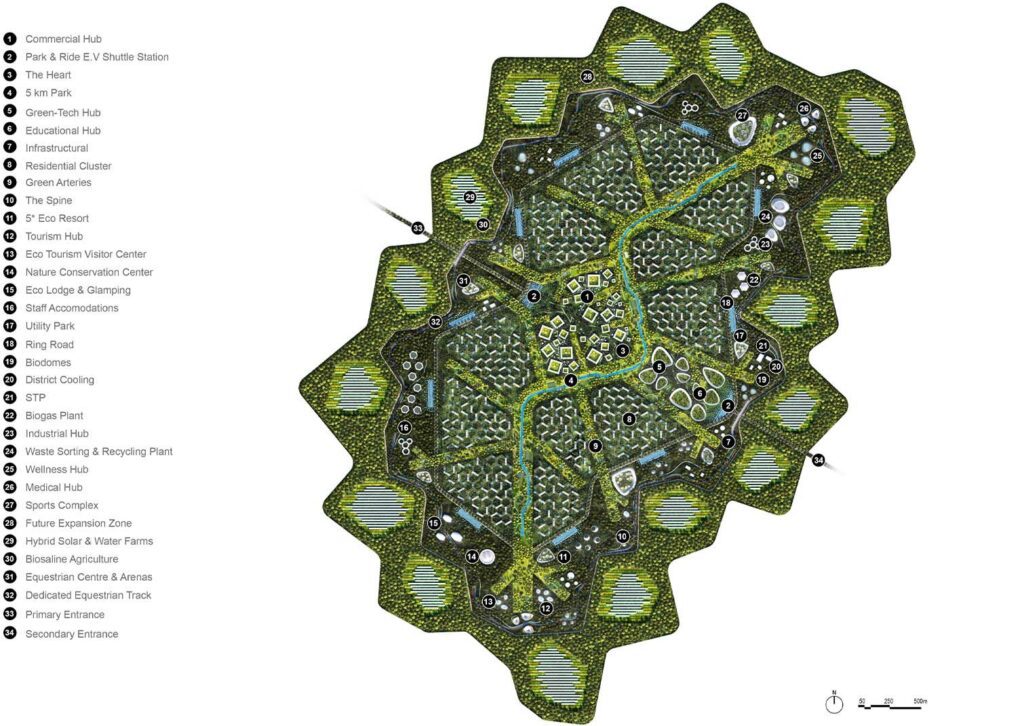
The city will be car-free and will create more than 40,000 jobs in the green tech sector. The design of the city was guided by the principles of social, economic, and environmental sustainability. The city will use smart technology and AI to optimize operations and blockchain technology to enhance sales and leasing, making it one of the smartest cities in the world. It will also be a positive energy community and produce surplus energy to neighboring communities.
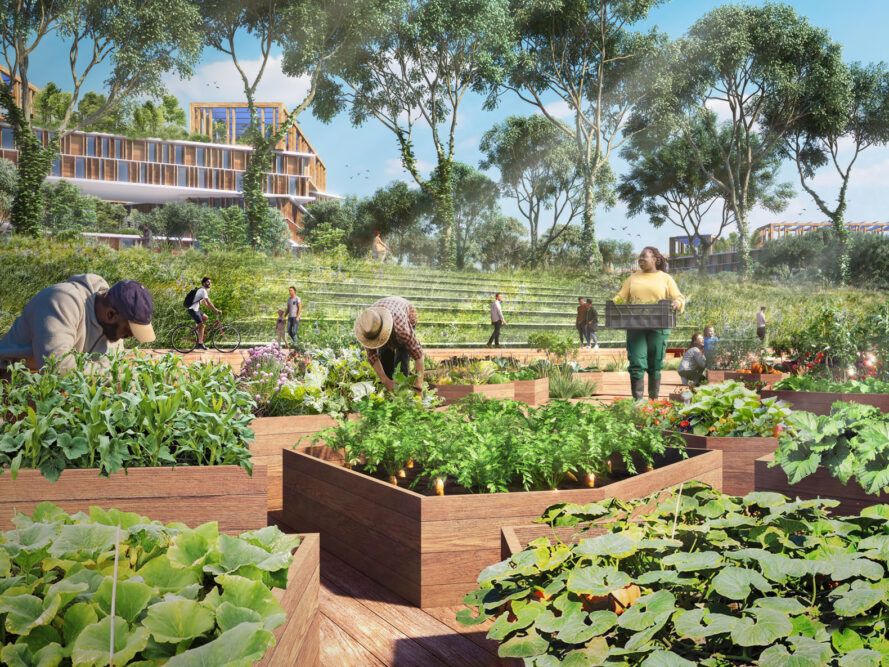
The city will be completely self-reliant for water, producing all its own drinking water through solar-powered generators and recycling 100% of its water for irrigation. The city will implement an advanced zero-waste strategy, promoting zero-packaging solutions and banning single-use plastics. Organic waste will be used to make biogas for energy, and cooking oil will be recycled into bio-diesel fuel. Construction will be bolstered with 3D printing technology to minimize waste and improve efficiency. Food security will be enhanced with innovations like vertical farming, beekeeping, sustainable poultry and dairy farming, aquaponics, and bio-saline agriculture.
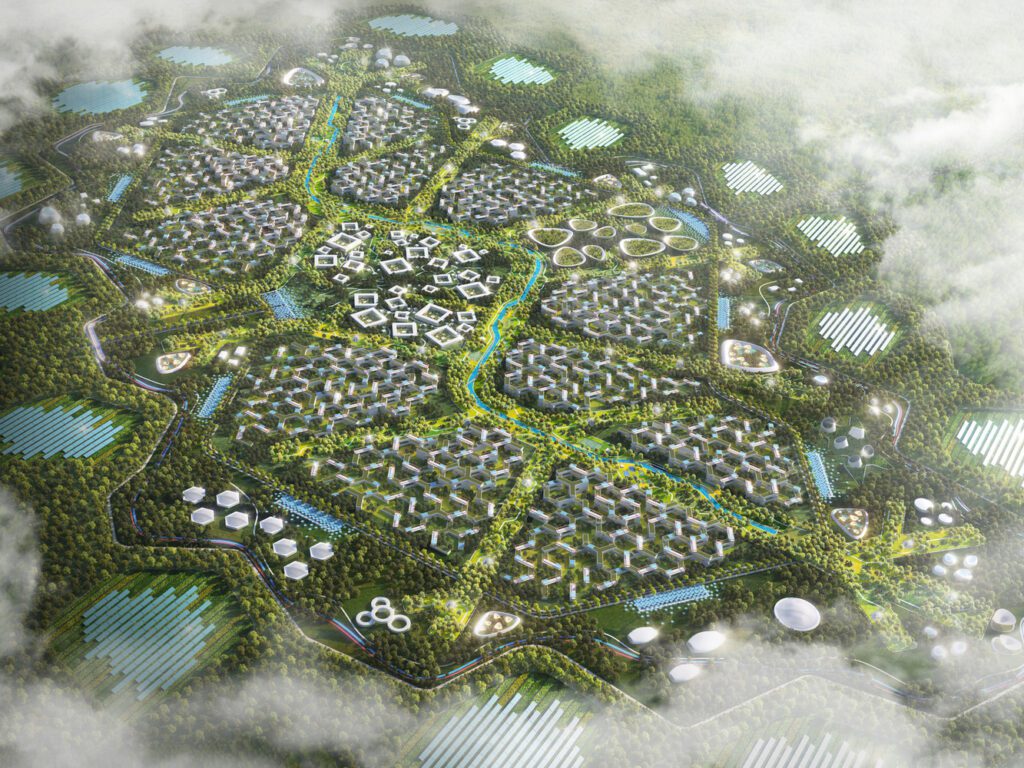
The PARKS utilizes its landscape to provide environmental, social, and economic benefits to its residents. The design of the city incorporates biophilic principles, with the landscape playing a crucial role in the project by reducing air pollution, promoting biodiversity, managing stormwater, and connecting the community. The city will also be a carbon sink, with more than 60% of the land area dedicated to open spaces such as parks, sports fields, and courtyards. The city’s water sensitive urban design and green infrastructure also helps to create a resilient and liveable environment, promoting education and awareness of sustainability and balance with nature. With innovative features such as rain gardens, bioretention areas, and drought-tolerant planting, the city will also minimize water consumption and reduce peak temperatures.

The futuristic city will be a sustainable urban development that incorporates various forms of urban farming, including community gardens, bio domes, aquaponics, vertical farms, and innovative FEW+W Nexus farms. The landscape is designed to be productive, promoting social interaction and education through community gardening. The city will also feature the world’s first scalable food-energy-water and waste farms, recycling rejected brine water from desalination to farm fish and halophytic plants. This sustainable approach to food production will provide residents with locally grown produce, promoting food security and nutrition. Urban farming also strengthens the resilience of the city and educates youth on the food system. The latest agri-tech is used for higher yields and reduction in groundwater contamination, resulting in exponential water savings and increased nutritional density.
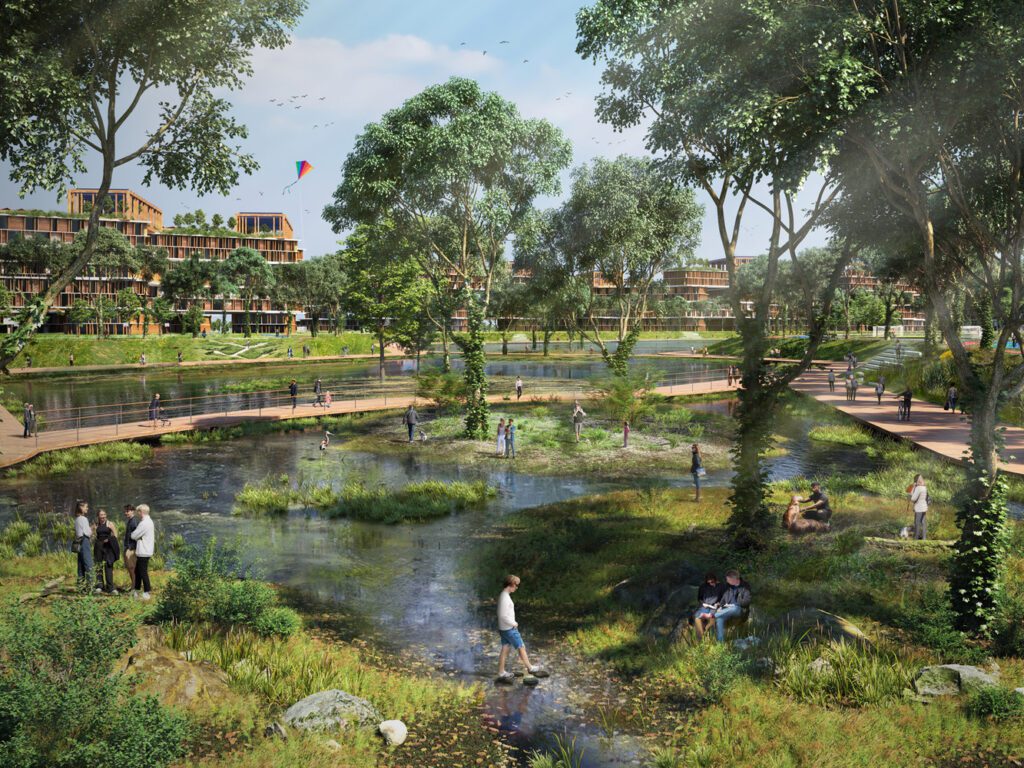
Advanced technologies such as ICT and IoT will be utilized to create a more efficient, intelligent, and collaborative ecosystem. The city incorporates a smart grid strategy that optimizes the use of resources in areas such as energy, water, food, waste, air quality, and health. The city also has a connected mobility strategy that is focused on autonomous, shared, and electric vehicles, with EV charging stations and self-driving cars. The city will also create a green economy through a two-way grid system that imports and exports renewable energy. Additionally, sensors and IoT are integrated into the city’s infrastructure, allowing for real-time communication and optimization of services such as waste collection, water usage, and building operations. Smart urban farms using saline water and other sustainable farming methods are also integrated into the city’s food production. The city also supports green-tech startups and businesses, and serves as a living lab for monitoring resources and testing new innovations to become the world’s smartest city.
